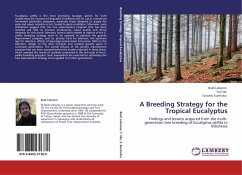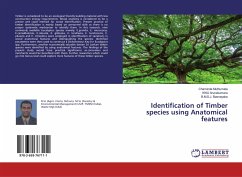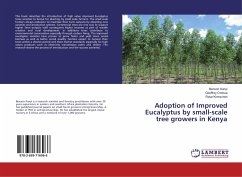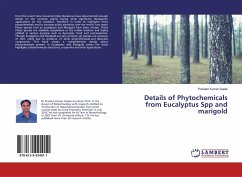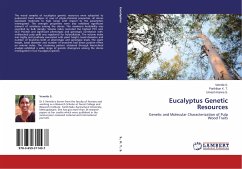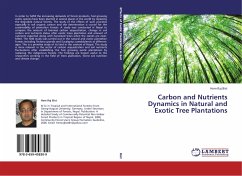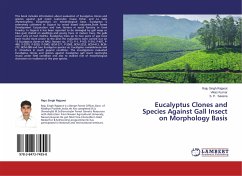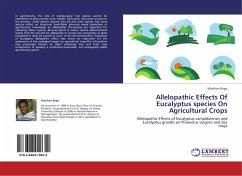Eucalyptus pellita is the most promising eucalypt species for both accelerating the recovery of degraded forestland and for use in commercial hardwood plantation programs, especially those designed to supply the pulp and paper industry in hot, humid tropical conditions. Moreover, early indications suggest that the tree improvement program that has been initiated will help to increase productivity, wood quality and (thus) demands for this wood. However, several issues related to aspects of the E. pellita breeding strategy need to be assessed to optimize the genetic improvement program, such as: priority traits for selection, the optimum age for selection, effects of genotype-environment interaction (GEI) on the selection, design of the seed orchards and realized genetic gains in successive generations. The overall efficacy of the genetic improvement program had not been assessed before the studies reported in these thesis, which assessed the results of activities conducted in the first-cycle of the E. pellita breeding program. Such assessments are essential for optimizing the tree improvement strategy to be applied to further generations.
Hinweis: Dieser Artikel kann nur an eine deutsche Lieferadresse ausgeliefert werden.
Hinweis: Dieser Artikel kann nur an eine deutsche Lieferadresse ausgeliefert werden.

